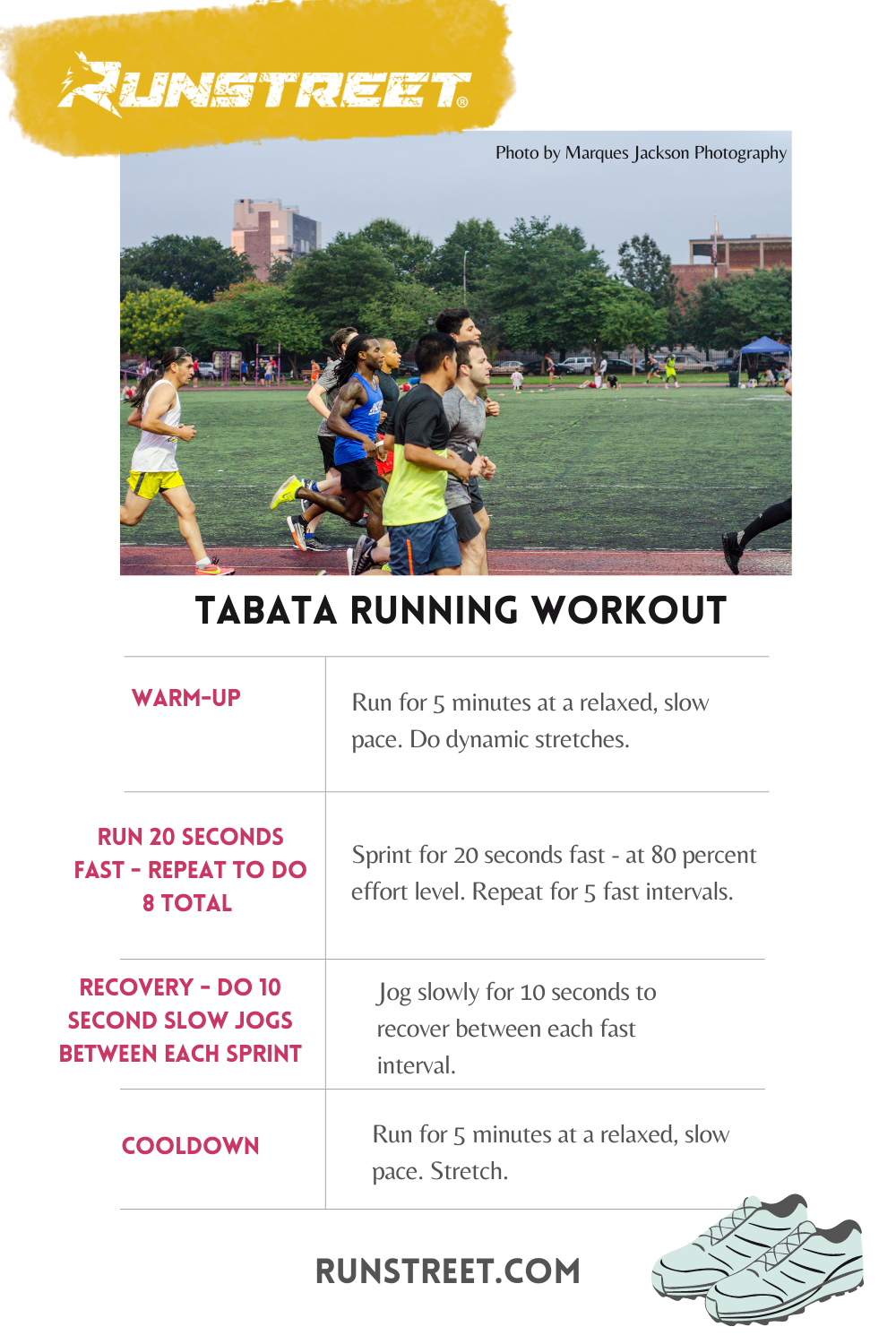Running Workout Tips: Boost Your Performance Today
Running Workout Tips: Boost Your Performance Today
Blog Article
Managing Common Running Pains: Causes, Solutions, and Avoidance
As joggers, we typically come across different discomforts that can impede our efficiency and enjoyment of this physical task. From the incapacitating discomfort of shin splints to the bothersome IT band disorder, these usual running discomforts can be irritating and demotivating. Comprehending the causes behind these conditions is vital in effectively resolving them. By exploring the origin reasons for these operating pains, we can discover targeted remedies and preventive steps to guarantee a smoother and extra satisfying running experience (more info here).
Common Running Discomfort: Shin Splints
Shin splints, an usual running discomfort, typically result from overuse or incorrect shoes throughout physical activity. This condition, medically recognized as medial tibial stress and anxiety disorder, manifests as discomfort along the inner side of the shinbone (tibia) and is prevalent among athletes and runners. The repeated stress and anxiety on the shinbone and the cells affixing the muscles to the bone leads to inflammation and pain. Joggers who swiftly increase the strength or duration of their workouts, or those who have flat feet or inappropriate running methods, are specifically vulnerable to shin splints.
To stop shin splints, individuals ought to progressively enhance the intensity of their exercises, put on appropriate footwear with proper arch assistance, and preserve flexibility and strength in the muscular tissues surrounding the shin. If shin splints do take place, first treatment entails rest, ice, compression, and altitude (RICE) Additionally, including low-impact tasks like swimming or cycling can assist maintain cardiovascular fitness while allowing the shins to recover. Relentless or extreme cases might call for medical evaluation and physical treatment for efficient management.
Typical Running Discomfort: IT Band Syndrome
Along with shin splints, an additional common running pain that athletes frequently encounter is IT Band Syndrome, a condition triggered by inflammation of the iliotibial band that leaves the outer upper leg and knee. IT Band Disorder normally shows up as discomfort on the exterior of the knee, especially throughout activities like running or biking. The iliotibial band is a thick band of fascia that links the hip to the shin, and when it becomes swollen or limited, it can rub against the thigh bone, causing pain and pain.
Runners experiencing IT Band Disorder may discover a painful or aching feeling on the external knee, which can worsen with ongoing task. Variables such as overuse, muscle imbalances, improper running form, or insufficient workout can add to the development of this problem. To stop and alleviate IT Band Syndrome, runners must concentrate on extending and strengthening exercises for the hips and thighs, proper shoes, progressive training development, and resolving any biomechanical concerns that might be exacerbating the problem. Disregarding the signs of IT Band Syndrome can result in chronic issues and extended recuperation times, stressing the relevance of early intervention and appropriate management approaches.
Common Running Discomfort: Plantar Fasciitis

Plantar Fasciitis can be credited to various elements such as overtraining, inappropriate footwear, working on difficult surfaces, or having high arcs or flat feet. To avoid and minimize Plantar Fasciitis, joggers can integrate stretching workouts for the calves and plantar fascia, put on helpful footwear, keep a healthy weight to minimize pressure on the feet, and gradually boost running intensity to prevent abrupt anxiety on the plantar fascia. If symptoms continue, it is advised to get in touch with a medical care professional for proper medical diagnosis and therapy alternatives to deal with the condition effectively.
Typical Running Discomfort: Runner's Knee
After addressing the difficulties of Plantar Fasciitis, another common problem that joggers typically face is Runner's Knee, a typical running pain that can impede sports performance and trigger pain during physical task. Jogger's Knee, also called patellofemoral pain syndrome, shows up as pain around or behind the kneecap. This condition is usually attributed to overuse, muscular tissue discrepancies, inappropriate running strategies, or problems with the positioning of the kneecap. Joggers experiencing this pain may feel a plain, aching discomfort while running, increasing or down stairways, or after prolonged durations of resting. To avoid Jogger's Knee, it is critical to incorporate appropriate workout and cool-down regimens, keep solid and balanced leg muscular tissues, use suitable shoes, and progressively enhance running strength. If signs and symptoms persist, consulting from a health care specialist or a sports medication professional is advised to detect the underlying reason and develop a tailored therapy plan to alleviate the pain and prevent more complications.
Common Running Pain: Achilles Tendonitis
Typically afflicting joggers, Achilles Tendonitis is an agonizing problem that affects the Achilles tendon, causing discomfort and possible limitations in physical activity. The Achilles ligament is a thick band of tissue that attaches the calf muscles to the heel bone, vital for activities like running, jumping, and strolling - check out more here. Achilles Tendonitis often establishes because of overuse, incorrect shoes, poor stretching, or abrupt increases in physical activity
Signs And Symptoms of Achilles Tendonitis include discomfort and rigidity along the tendon, especially in the morning or after durations of inactivity, swelling that gets worse with activity, and perhaps bone stimulates in persistent instances. To stop Achilles Tendonitis, it is important to extend correctly before and after running, use ideal shoes with correct support, progressively enhance the strength of workout, and cross-train to lower repetitive tension on the ligament.
Verdict

Report this page